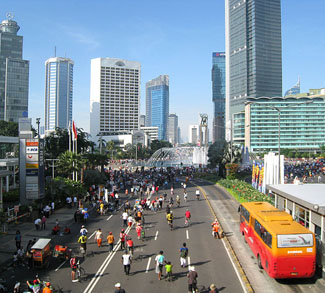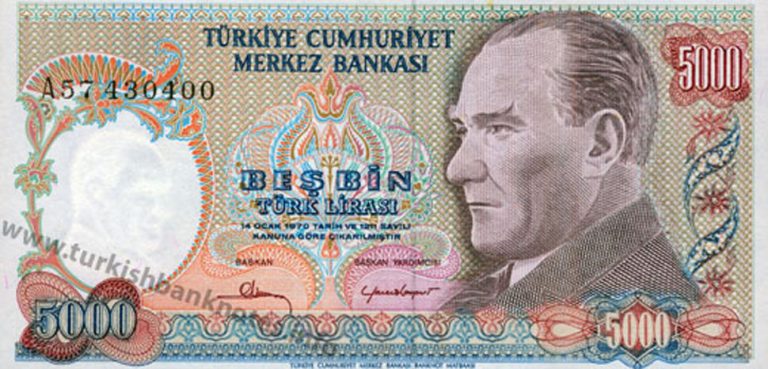The preceding article introduced in broad terms the relationship between the US Federal Reserve’s quantitative easing program and the continuing prosperity of emerging economies worldwide. Of these emerging markets, five were singled out as being particularly vulnerable: Morgan Stanley’s “Fragile Five” of Brazil, Turkey, Indonesia, India, and South Africa.
This week’s article will focus on Indonesia, one of the markets worst-hit by the sudden reversal in global capital flows, and arguably the most fragile of the group.
Rupiah Woes
The Indonesian rupiah has been locked in a downward spiral for most of 2013, losing approximately 20 percent of its value against the USD from January to mid-November. While some of this can be attributed to a correction ahead of the inevitable taper in the United States, there are also intrinsic economic headwinds that are scaring off some investors.
For one, Indonesian economic growth seems to be coming down to earth. GDP growth for the third quarter of 2013 came in at just 5.6 percent, its lowest level since 2009. This reversal of fortune is due in part to softness in one of the much lauded pillars of the Indonesian economy: domestic consumption. Unlike many of its export-dependent neighbors, Indonesia’s economy depends on domestic household spending for a large part of its economic growth (domestic consumption accounted for over 60% of Indonesia’s GDP in 2012).
Consumption rates are falling because Indonesian consumers have less and less money to spend. Fuel prices have risen by around 44 percent since the government removed a subsidy program earlier this year. High levels of inflation (between 8-9%) have also eaten into household budgets, triggering a series of central bank rate hikes that serve to further damage the country’s growth potential. In an effort to stem high inflation and currency depreciation, the Bank of Indonesia has raised its benchmark interest rate from 5.75 to 7.50 percent between June and November, and some analysts are predicting the rate will hit 8 percent by the first quarter of 2014.




